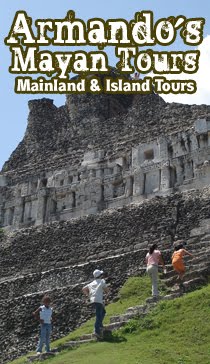
TEGUCIGAL
Television images showed the plane's fuselage buckled and broken apart in places. The cockpit was smashed under a billboard, and firefighters hosed down at least two cars trapped under the plane's left engine.
More than 7,500 litres of jet fuel spilled out of the plane, and authorities tried to clear away hundreds of onlookers. "The airplane's fuel could cause an explosion, and that would be an even bigger tragedy," Security Ministry spokesman Ivan Mejia said.
"We landed ... and suddenly I heard a really strong, loud impact," passenger
Mirtila Lopez, 71, said she was talking to another passenger when the plane "left the runway, hit electric cables from a nearby street and then got stuck in the side of a small ravine."
Weather may have been a factor. The plane landed hours after the passage of tropical storm
The flight left
Nicaraguan Harry Brautigam, president of the Tegucigalpa-based Central American Bank for Economic Integration since 2003, was on the plane and died of heart problems shortly after the crash, according to Tito Alvarado, the director of the hospital where he was treated. Cesar Villalta, director of
Officials have been struggling for years to replace aging
The altitude of some 1,000 metres forces pilots to use more runway on landings and takeoffs than they would at sea level. And because of the hills, pilots have to make an unusually steep approach.
The difficulties are complicated during
The worst crash associated with the airport came in 1989 when a Honduran airliner hit a nearby hill, killing 133 people.





.jpg)









No comments:
Post a Comment